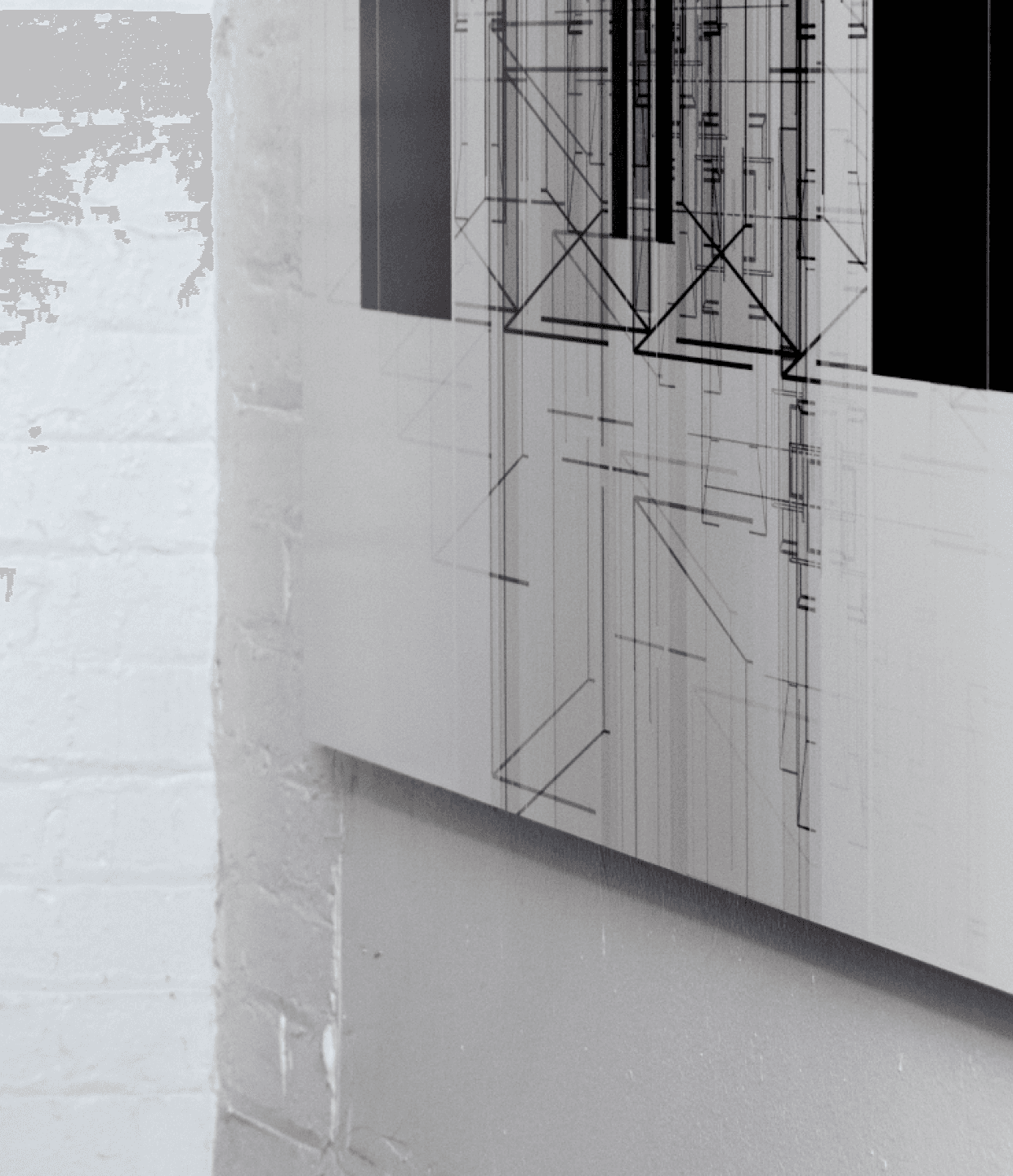Blurring Boundaries: The Rise of Interactive Digital Art

Explore examples of interactive art that blur the lines between collector & creator.
As we spend more time on screens and keyboards, storytelling is changing, and digital art is leading the way. What is really interesting is that this trend is blurring the lines between the artist and the collector, offering interactive experiences where the artwork becomes a dialogue between artists and collectors.
One of the earliest examples of interactive digital art is Autoglyphs, a project by software company Larva Labs, the creators of the famous CryptoPunks non-fungible tokens (NFTs). Released in 2019, Autoglyphs are algorithmically generated artworks stored on the Ethereum blockchain. Upon mint, this project enabled collectors to actively participate in the art-making process by initiating the generative algorithm. The uniqueness of each Autoglyph stems not only from the code, but also from the collector's interaction with the blockchain at the moment of creation. This fusion of technology and human action transforms the viewer's role from a passive observer to an active creator.

Autoglyphs by Larva Labs
Another example of interactive art is the works that are emerging from TeamLab, an international art collective that expands the horizons of interactive digital art installations. With a mission to "navigate the confluence of art, science, technology, and the natural world," according to its website, TeamLab’s work encourages viewers to engage with and transform the art. As people interact with the installations, they alter components of the display, becoming a fundamental part of the artwork. These immersive experiences challenge traditional art concepts, highlighting the fluid dynamic between the art, the audience, and the space it occupies. TeamLab's installations including “Born From the Darkness a Loving, and Beautiful World” and “Graffiti Nature: Lost, Immersed and Reborn,” are living ecosystems where art and human presence coexist and evolve.
Graffiti Nature: Lost, Immersed and Reborn teamLab, 2018, Interactive Digital Installation
Artist Siebren Versteeg's collaboration with blockchain-based platform Arsnl Art offers another unique interactive experience. Versteeg's algorithm in “For A Limited Time” generates ever-changing collages from internet-sourced current events, providing a fresh perspective on digital storytelling. The transient nature of these artworks enables collectors to “freeze” moments in time by claiming them, merging personal narratives with global events. “The project acts as a collaborative conduit for creative production, imbuing the collector with the responsibility for what becomes encoded into their wallet and the blockchain’s memory” said Versteeg..

For a Limited Time by Siebren Versteeg and Arsnl Art
In 2024, LoVid released 💖heartsleeves, a multifaceted generative video project, where code-based, abstract video art then becomes the basis for community portraits. LoVid takes advantage of the distributive nature of art on the blockchain to elevate the community to co-creators who can generate their own portraits within the environments LoVid has defined. Each video skin is a generative artwork unto itself that is further impacted by the collectors use of the parameters within the Portrait Studio.
Within artificial intelligence (AI) art, decentralized autonomous artist Botto presents a new genre of collaborative art. Botto generates AI art based on community feedback, evolving continually from its input. The art engine, trained on millions of images, produces over 4000 unique compositions each week. Then, 350 pieces are selected by the community for consideration, with the most popular minted on Ethereum and auctioned weekly. Botto exemplifies the democratic potential of digital art, blending technology with human insight to create unique pieces. The proceeds are managed by the decentralized autonomous organization (DAO), supporting the project's maintenance and rewarding community creativity.
Artists Tyler Hobbs and Dandelion Wist's QQL series is a popular recent examples of an interactive generative algorithm. It accentuates the collector's curatorial role; while the algorithm offers infinite possibilities, it's the human eye that discerns and infuses meaning into these creations. This project underlines the shifting roles of creator and viewer in digital art, where interpretation and selection are as vital as creation itself.

QQL #276, owned by heeey.eth and created by parametric artist heeey.eth

QQL #296, owned by abvault.eth, created by parametric artist vonmises.eth
These artists and their projects showcase the diversity and innovation of interactive digital art, spanning from blockchain-based works to immersive installations. They are redefining how artists, artwork, and audiences interact, urging us to rethink our role in the artistic process. This emerging trend opens up novel ways for us to experience and contribute to the art world, marking a significant evolution in how art is created and appreciated.
More stories

Introducing ESCAPE by Iskra Velitchkova
ESCAPE by Iskra Velitchkova is at once an archive of the artist’s personal history and a self-referential exploration of how we seek freedom and escape in art.

Unique Physicals, Series, ESCAPE
Iskra Velitchkova’s ESCAPE with Silver Gelatin Printing
Iskra Velitchkova’s ESCAPE is influenced by analog photography and leverages silver gelatin to its fullest for its unique physical offering.

Features, Series, Compare & Contrast
Pointilism & Divisionism in Intimità and Interference
The experiments of Divisionist and Pointillist painters influenced our understanding of color and contrast, enabling new forms of artistic impression like the works of Phaust and Stefano Contiero.


Stay in the loop on upcoming drops, exclusive access, and more.